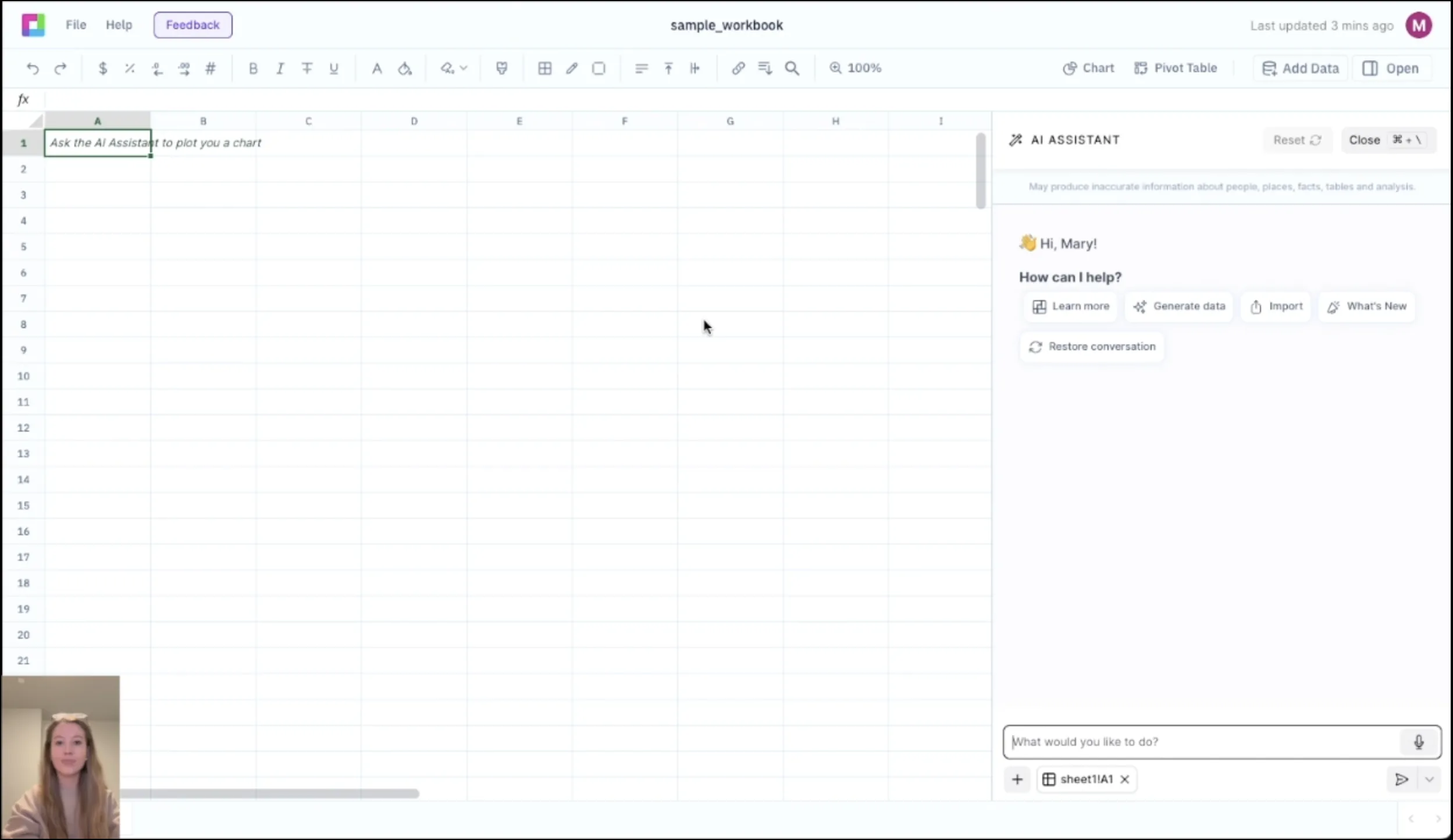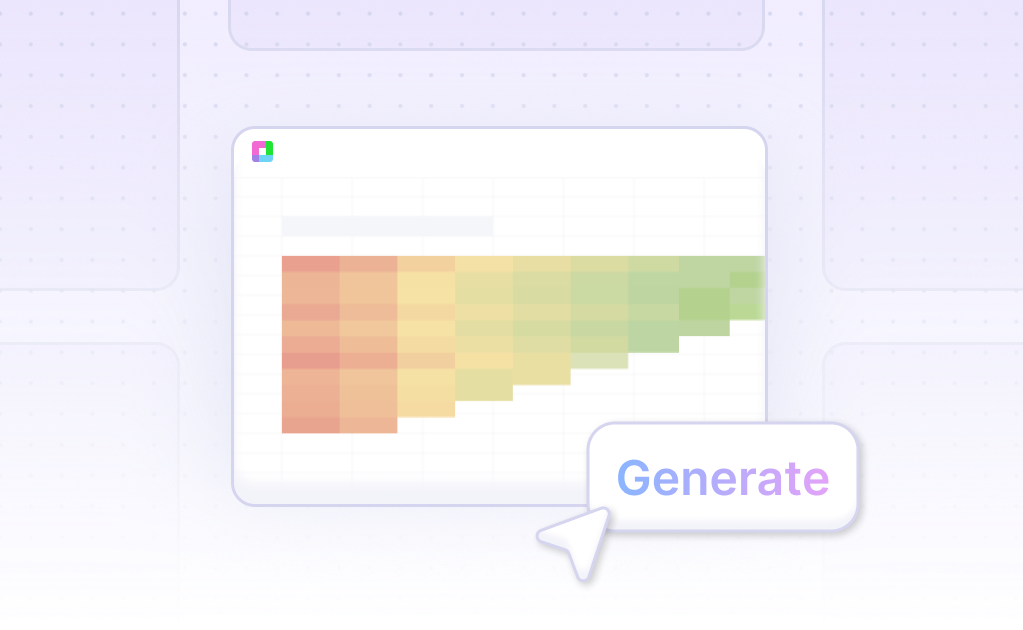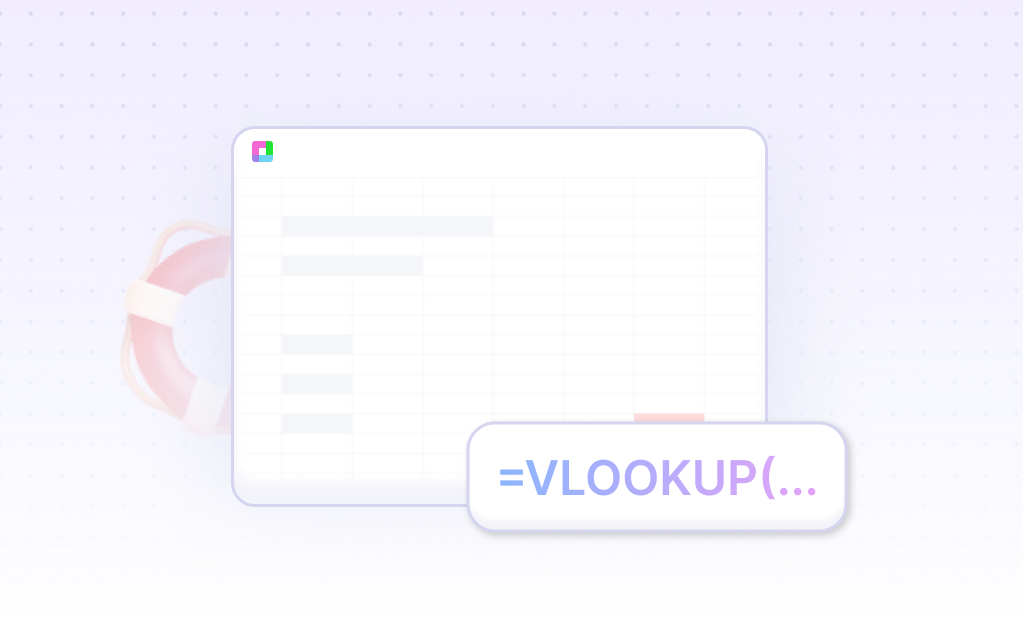
Quantify and Manage Risks with Advanced Modeling Techniques
Risk management is essential for protecting assets, ensuring business continuity, and making informed decisions under uncertainty. Our Risk Modeling Template provides comprehensive tools to identify, quantify, and analyze risks using statistical methods, simulation techniques, and risk assessment frameworks.
From Monte Carlo simulation to Value at Risk calculations, implement sophisticated risk modeling techniques. Built for risk managers, analysts, and financial professionals, this template helps you measure risk exposure, assess potential losses, and develop effective risk mitigation strategies.
Comprehensive Risk Identification & Assessment
Risk Register & Classification
Create comprehensive risk registers with risk identification, classification, and categorization. Document risk sources, impacts, and likelihood across operational, financial, strategic, and compliance risk categories.
Qualitative Risk Analysis
Perform qualitative risk assessment using probability-impact matrices, risk heat maps, and expert judgment. Prioritize risks based on severity and likelihood for focused risk management efforts.
Risk Scoring & Prioritization
Implement risk scoring methodologies to rank and prioritize risks. Use weighted scoring systems, risk indices, and comparative analysis to focus on the most critical risks.
Risk Interdependencies
Analyze risk correlations and interdependencies to understand how risks interact and compound. Model cascade effects and systemic risks that may amplify overall risk exposure.
Advanced Quantitative Risk Modeling & Simulation
Monte Carlo Simulation
Implement Monte Carlo simulation to model uncertainty and generate probability distributions of outcomes. Analyze thousands of scenarios to understand potential risk impacts and their likelihood.
Value at Risk (VaR) Calculations
Calculate Value at Risk using historical, parametric, and Monte Carlo methods. Determine maximum potential losses at different confidence levels for risk capital allocation and regulatory compliance.
Stress Testing & Scenario Analysis
Perform stress testing under extreme scenarios and adverse conditions. Analyze how risks behave under different market conditions, economic downturns, and crisis situations.
Risk Metrics & KPIs
Track key risk metrics including risk-adjusted returns, Sharpe ratios, maximum drawdown, and volatility measures. Monitor risk appetite and tolerance levels with comprehensive risk dashboards.
Frequently Asked Questions
What types of risks can it model?
The template can model various risk types including market risk, credit risk, operational risk, liquidity risk, and business risks. It provides frameworks for both financial and non-financial risk analysis.
How does Monte Carlo simulation work?
Monte Carlo simulation generates thousands of random scenarios based on probability distributions of risk factors. It provides a range of possible outcomes and their probabilities for comprehensive risk assessment.
Can it handle correlated risks?
Yes, the template includes correlation analysis and can model how different risks interact and influence each other. It accounts for risk dependencies in portfolio and enterprise risk modeling.
Does it comply with regulatory requirements?
The template includes common regulatory risk metrics and reporting formats. However, specific regulatory compliance should be verified with compliance professionals for your industry and jurisdiction.
How accurate are the risk predictions?
Risk model accuracy depends on data quality, model assumptions, and market conditions. The template includes backtesting tools and model validation techniques to assess and improve predictive accuracy.
Related Risk Tools
Connect your most-used data sources and tools to Sourcetable for seamless analysis.
Frequently Asked Questions
If you question is not covered here, you can contact our team.
Contact Us





